300 seconds on London Bridge
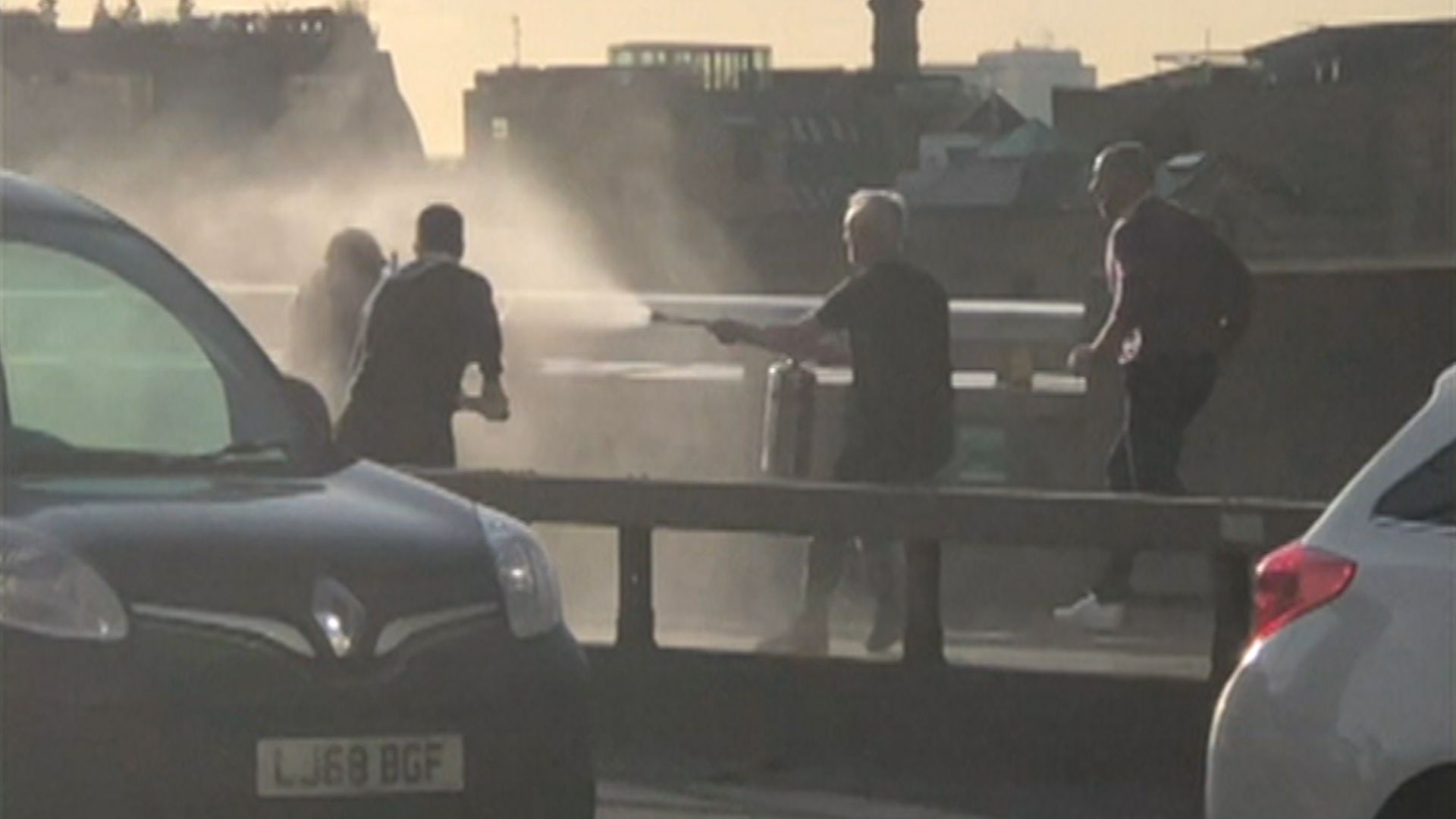
By Sean Coughlan
At the scene of the terror attack at London Bridge, several memorial shrines have appeared, with people leaving flowers, cards and candles in memory of the two young victims, Jack Merritt and Saskia Jones.
People want to find a way of understanding the loss of much-loved young people who should have had fine lives stretching out ahead of them.
There are cans of Guinness left among the flowers, drinks for two twenty-somethings who never got to have the weekend that followed that Friday afternoon.
There are posters promising “Love will win, hate will lose” and tributes to Jack and Saskia in poetry, pictures and shaky handwriting.
People with flowers are asking each other what messages they should leave and the practical everyday things, like should they take off the price tag?
Below a printed photo of Jack is a closed pink envelope – addressed only to “J”. It’s a card he will never open, sent from someone he might not even have known.
What is inside the sealed card, like what is inside the heart of a human who says he has changed, is not possible to see.
So what happened on the afternoon of 29 November, on a bridge already synonymous with a barbaric attack on people going about their everyday lives?
There is still much to be explained - such as was it right that Usman Khan, convicted of terrorism offences, was allowed to be in London?
The first striking detail is the sheer speed at which events unfolded.
It was only 300 seconds between the police receiving the first report of a stabbing at Fishmongers’ Hall, at 13:58 GMT, and the attacker being shot by armed officers who confronted him at 14:03.
If you pace the distance between the hall and the site of where Khan’s life ended it’s only a matter of seconds.
But in that compressed time frame, so many different lives had intersected. The good, the bad and those who, it turns out, might be both at the same time.
Khan had arrived at Fishmongers’ Hall as the model of a reformed prisoner, trusted to travel and invited to an event celebrating the work of giving offenders a second chance.
But for reasons that are still unclear, all that was betrayed. Khan had fatally wounded two people, and injured others, before being chased out on to the street.
Under the gaze of mobile phone cameras, he was cornered, fearlessly brought down and disarmed by people who ran towards danger, rather than away from it.
Khan had been unpicked from the maul of bodies and shot by armed officers who had intervened with remarkable speed.
He had been wearing a suicide belt that was later found to be fake.
But it was too late for his victims who had helped to organise the prison rehabilitation conference taking place at Fishmongers’ Hall.
Jack Merritt, 25, and Saskia Jones, 23, were Cambridge graduates, a co-ordinator and a volunteer for the Learning Together scheme, which runs prison education projects, and which was marking its fifth anniversary.
They had high ideals, their work described by another student who took part as being about “seeing the best in people”.
Jack’s father Dave Merritt wrote about his son’s commitment: “Unlike many of us, Jack did not just go to work. He lived and breathed fire in his pursuit of a better world for all humanity, particularly those most in need.”
The work, helping prisoners to turn around their lives, was fuelled by Jack’s belief in the “inherent goodness of humanity”, said his father.
There were many tributes to how Saskia, who was from Stratford-upon-Avon, also wanted to put her values into action.
Colleen Moore, deputy head of criminology and policing at Anglia Ruskin University where Saskia had taken her first degree, said her former student was “fearless, she was a warrior, she was going to change the world – maybe she will”.
“She was always thinking about what she could do with her learning to make a difference in the world, to make it a better place.”
Olivia Smith, a lecturer in criminology who marked Saskia’s dissertation when she was at Anglia Ruskin, described her as "one of a kind" who "would have been a force for good".
Dr Smith said: "I'm so sorry that the world won't get to see what she could have achieved.
"Saskia's dissertation was so good that I cried with pride when I marked it."
Prof Loraine Gelsthorpe, director of Cambridge University’s Institute of Criminology, which organised the Learning Together scheme, praised Saskia’s “warm disposition and extraordinary intellectual creativity”.
She remembered Jack, who was from Cottenham in Cambridgeshire, as an advocate for the “politics of love”.
“He worked tirelessly in dark places to pull towards the light.”
But Saskia’s and Jack’s young lives collided with the brutal and unpredictable trajectory of Khan, a 28-year-old who had spent most of his adult life in jail for terrorist offences.
Born in Stoke-on-Trent, he was arrested in 2010 after a surveillance operation against a group that appeared to be plotting terror attacks and wanting to raise funds for a training camp in Pakistan.
There were links with a spider’s web of different conspiring extremist groups and sometimes sketchy and amateurish plans, including bombing the London Stock Exchange, not that far from where Khan ultimately carried out his attack.
He had been convicted in 2012 and released from prison, under licence, on Christmas Eve 2018.
He had given an impression of wanting to change.
While in prison he had taken part in rehabilitation classes and argued that he had become more mature and wanted to start a life as a better citizen, asking to take part in a de-radicalisation programme.
He had praised the Learning Together project for “opening minds” – and wrote a poem for it saying: “I write so I can enter the coldest of hearts.”
He featured in one of its newsletters - as an example of someone who could learn a different way of thinking.
It was a celebration of Learning Together’s work that brought Khan together with Jack Merritt, Saskia Jones, and other guests at Fishmongers’ Hall, a grand neo-classical 19th Century building on the north side of London Bridge.
The participants – including offenders, prison reformers, academics, prison staff and charity workers – are seen in photos sitting in some of the elegant reception rooms. In the drawing room delegates gathered beneath ornate chandeliers, with long curtains on deep windows and below a 1950s painting of a youthful Queen Elizabeth II.
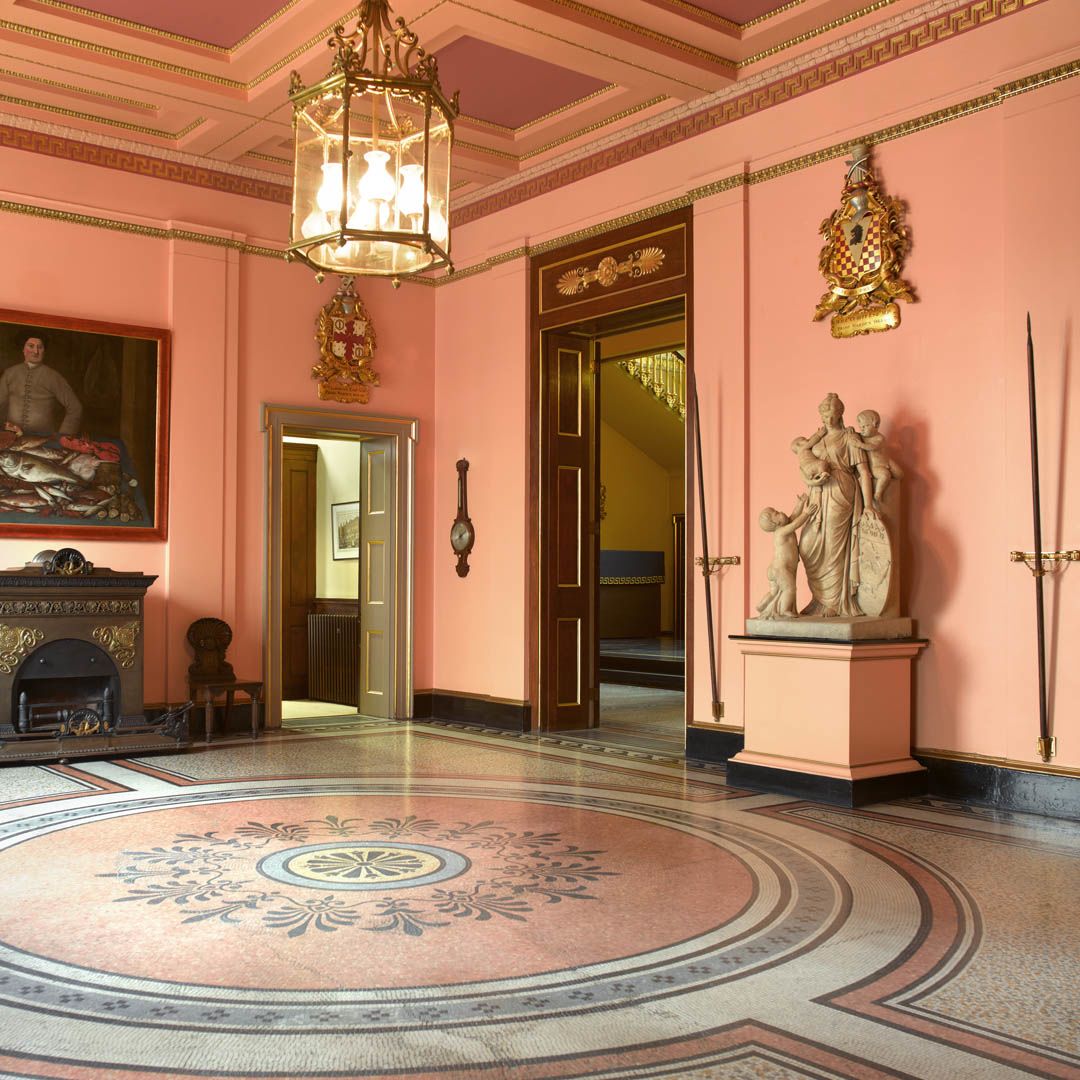
Fishmongers' Hall, entrance hall
Fishmongers' Hall, entrance hall
The hall is the home of the Worshipful Company of Fishmongers, a medieval livery company in the City of London, with long links to the Thames - and holding many curiosities and collections related to the sea. Whoever brought back a narwhal’s tusk could never have anticipated how it was going to be deployed.
Wearing an electronic tag and with his movements controlled as a condition of his release, Khan had been allowed to come to London, travelling from his most recent address in Stafford.
The agenda was headlined as “a day to celebrate, connect and collaborate”, beginning at 11:00, with a “brunch and chat”. Talks, workshops and creative writing sessions, and a panel discussion on the “power of education for social justice” were planned.
But a few minutes before 14:00, Khan appeared in the hall with two knives.
The chief executive of the Fishmongers’ Company, Cdre Toby Williamson, said staff who had been present, described a scene in which “there’s blood, there’s screaming, there’s chaos”.
A Polish kitchen worker, Lukasz, grabbed a “long stick” and “charges towards the bad guy and impacts him on the chest”, said Cdre Williamson, a former head of operational training for the Royal Navy.
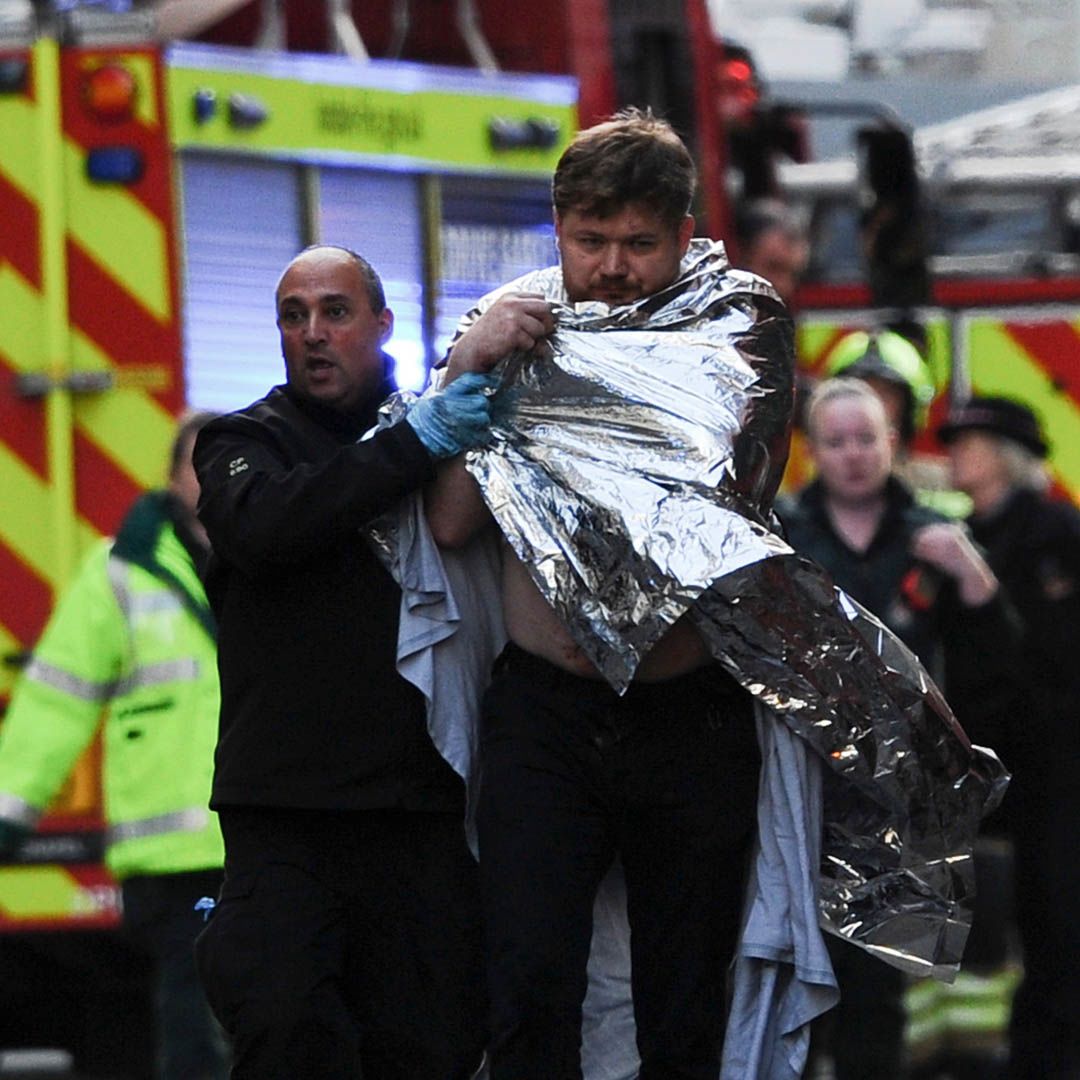
Police assist Lukasz after attack
Police assist Lukasz after attack
For about a minute, he says, Lukasz was involved in “combat” with the attacker, “buying time” and allowing “others to escape - to move to adjacent rooms”.
Two others arrived to help Lukasz, picking up the unlikely weapons that were available in such a grand setting - a fire extinguisher and the tusk of a narwhal.
But the mix of courage and curios was enough to chase Khan down the staircase, where he looked for ways to get out of the building.
Toby Williamson: 'There was blood, screaming and chaos'
At some point in the chaos, Jack and Saskia had been attacked and three others had been wounded. The inquest, which opened at the Old Bailey this week, heard that the two young people who died had each received a “stab wound to the chest”.
When the doors in the entrance hall eventually opened, the attacker fell into the street.
The chaos inside the hall suddenly spilled into the open, into the cold winter sunlight on London Bridge, into the crowds of office workers and crawling Friday afternoon traffic. Passers-by and bus passengers turned their heads and then switched on their cameras, unsure of what they were seeing.
On the other side of the road was a BBC journalist, John McManus.
“Like everybody else, I was in my own world inside my head, checking a location on a map on my phone, while dodging tourists who were taking snaps of each other with Tower Bridge as the backdrop,” said McManus.
He then became aware of a sudden “commotion”.
“It was hard to tell exactly what was going on, but there was clearly some kind of fight. I heard someone shout something indistinct. As the traffic moved – or perhaps it stopped at that point, I’m not sure – I could see a number of men pile on to somebody else. It was like a rugby scrum.”
McManus saw a passer-by leap across the crash barrier in the road and join in the struggle.
“Then I suddenly caught sight of a policeman – standing in the middle of four lanes of traffic – with a gun raised, pointing in the direction of somebody on the other side of the bridge. He seemed to have appeared from nowhere.
“Other officers were there and started screaming to clear the bridge. I filmed some footage on my phone and then started to move away. At that point I heard two shots ring out. I moved back and could clearly see somebody lying motionless on the pavement.”
McManus was the first to break the news of what was happening – and at the same time images were spreading rapidly on social media, before any official confirmation.
On the bridge there was confusion – and questions about whether other shots were fired.
Another eyewitness, who doesn’t want to be identified and who hasn’t previously spoken to the media, was one of the bus passengers close to the scene.
He told the BBC of the fear and sense of danger among people as they got off the bus and saw Khan’s body, and how they did not know whether the attack was still continuing or if there were other assailants.
Even with the benefit of hindsight there still seems to be uncertainty about what exactly happened on the bridge - and relief that there were no other victims.
The eyewitness believes that a bus or possibly more than one bus was hit by gunfire during this confusion and after the attacker had been fatally shot – from a direction which seems to be unclear.
He took a picture showing a round hole in the shattered back window of a London bus on the bridge - with Transport for London confirming the damage.

Smashed bus window
Smashed bus window
This could have been a ricochet from a police bullet, the Metropolitan Police suggested, but said there needed to be further investigations.
A bullet hitting the back of a bus which was facing towards the site of the shooting of Khan, would raise other questions about the location from which the shots were fired.
McManus is also certain there were shots other than those initially fired when the police reached Khan.
But in those 300 seconds between the police being called and confronting Khan there had been another unexpected, improbable and extraordinary intersection of lives.

A group of people had spontaneously come together to stop Khan from killing anyone else.
“The guys that were there were absolutely amazing, incredible people, heroes beyond belief,” said Stevie Hurst, a tour guide who himself had run over to help.
“We were trying to do as much as we could to try and dislodge the knife from his hand so he wouldn’t harm anyone else.”
Hurst says Khan was shouting “get off me” and that the shots were fired at the point when Khan rolled over and appeared to be wearing an explosive device.
Thomas Gray: 'I stamped on his wrist as hard as I could'
His colleague Thomas Gray said he saw the attacker with knives that seemed to be taped to his hands and tried to stamp on his wrist.
“I grew up on rugby and the mentality of rugby, on or off the pitch, is ‘one in, all in’.”
There was also a plain-clothes officer from the British Transport Police, who appears to have taken a knife away from the scrum, and Lukasz from Fishmongers’ Hall was nearby.
People quickly began calling them heroes. But then it became clear that those taking part included offenders who had been at the prison rehabilitation conference.
It started a debate about whether bad people could do good things. There seemed to be more moral contradictions here than in a Graham Greene novel. Could someone who had committed terrible crimes really change?
The starkest example was James Ford, described as a hero before it emerged that he was on day release from a life sentence for murdering a 21-year-old woman, Amanda Champion, who had the mental age of a 15-year-old.
The family of Ford’s victim reacted angrily to the suggestion that he should ever be considered heroic and rejected the idea that he could have changed.
Amanda’s aunt, Angela Cox, told the Daily Mail: “For him to be called a hero - he is not, he is a cold-blooded murderer.
“For no reason whatsoever, he just went out and murdered a disabled person. I don’t care what he’s done today, he’s a murderer... People don’t change,” she told the paper.
The public ambiguity about this could be seen in Google searches, which showed people looking for the “London Bridge hero murderer”. Could a person be both?
Sir Martin Narey, a former director general of the prison service and chief executive of the National Offender Management Service, told the BBC that he thought “some of the offenders at London Bridge were indisputably heroes”.
“In my experience very, very few offenders are all bad and almost all have redeeming features. I worked closely with many such individuals early in my career when I was in charge of a wing at what was then the UK's most secure prison.
“All too often the monster you're expecting to receive after reading details about their offence is no such thing. It doesn't mean they must not be held securely or that they're not dangerous. But I knew very few who ever deserved the monster tag.”
But Sir Martin, from his years working in prisons, is sceptical about the effectiveness of many rehabilitation courses, particularly short ones. He says it’s unlikely that an offender who has undergone a lifetime of neglect and negative behaviour is going to be transformed by an education project, no matter how well intentioned.
Instead, he argues that prisons should be made decent and safe places – creating an environment in which prisoners themselves might decide they want to change.
Can anyone ever really know whether someone who has undergone rehabilitation or de-radicalisation training has sincerely changed? How do you know what they’re really thinking deep inside?
“It’s very difficult to be certain,” says Sir Martin. “Some smart prisoners will, over time, learn the right responses. Sometimes one can see past that, particularly when responses are rather glib. But it’s impossible to be sure and that’s why the system is cautious.”
But the effectiveness of rehabilitation is defended by Prof David Wilson, who worked in prisons and is now a criminologist at Birmingham City University and a supporter of the rehabilitation work at HMP Grendon in Buckinghamshire.
He says it is no coincidence that three of the offenders or ex-offenders involved in tackling Khan had been at Grendon.
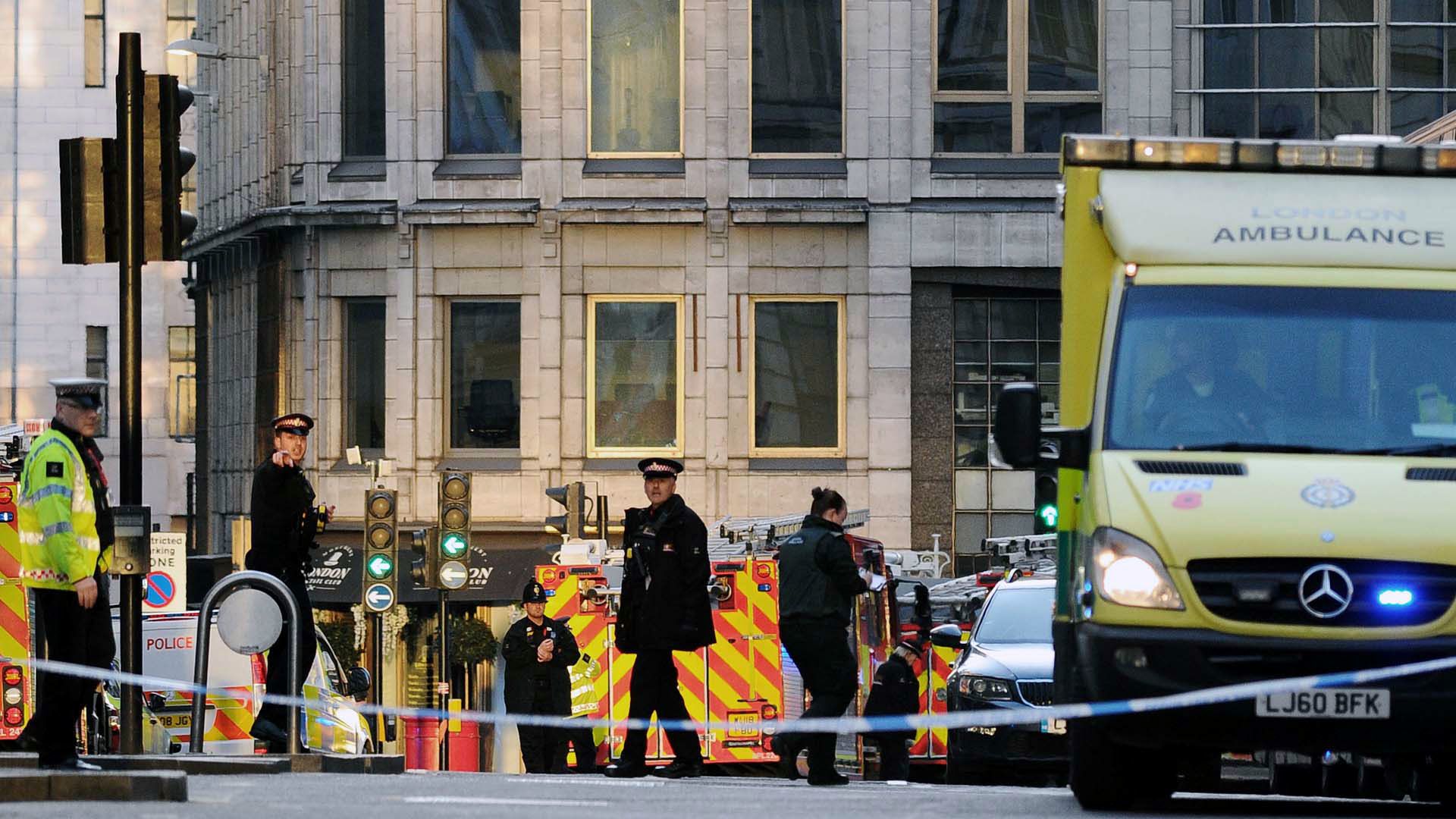
James Ford, former prisoners John Crilly – who confronted the attacker with a fire extinguisher – and Marc Conway, had all been through Grendon’s therapeutic approach which is “about getting prisoners to change their behaviour,” even if they have been “damaged and dangerous”.
“This can genuinely turn people’s lives around,” says Prof Wilson. “I have seen people change,” he says.
There is a “wealth of evidence” to show it works in reducing the risk of future harm and is not “just middle-class benevolence”, but it takes at least two years, says Prof Wilson.
The man who killed Jack and Saskia had been through rehabilitation at other prisons - and Prof Wilson says it raises questions about the quality of some training, which can be “off the shelf, tick box courses”.
As the BBC’s home affairs correspondent Danny Shaw revealed this week, two counter-terrorism courses taken by the attacker had not yet been tested to prove that they were effective.
There are likely to be more questions about the appropriateness of his release and scrutiny of his activities in the past year and what checks were carried out, by all parties concerned, before he was allowed to take part in the event.
And what happened between his arrival in the morning and his later appearance, dressed and armed for terror?
Counter-extremism experts have raised the question as to whether the prevention and detection of so-called “lone actor” Islamist terrorists needs to be approached in a different way - looking for types of personality rather than a form of belief.
Research has shown that many recent “self-starter” terrorists, who carry out low-tech acts of extreme violence, have a history of addictions and obsessions and a background of petty crime and resentful social isolation.
Is this about stopping extreme beliefs? Or about tackling social and psychological problems wearing the costume of an ideology?
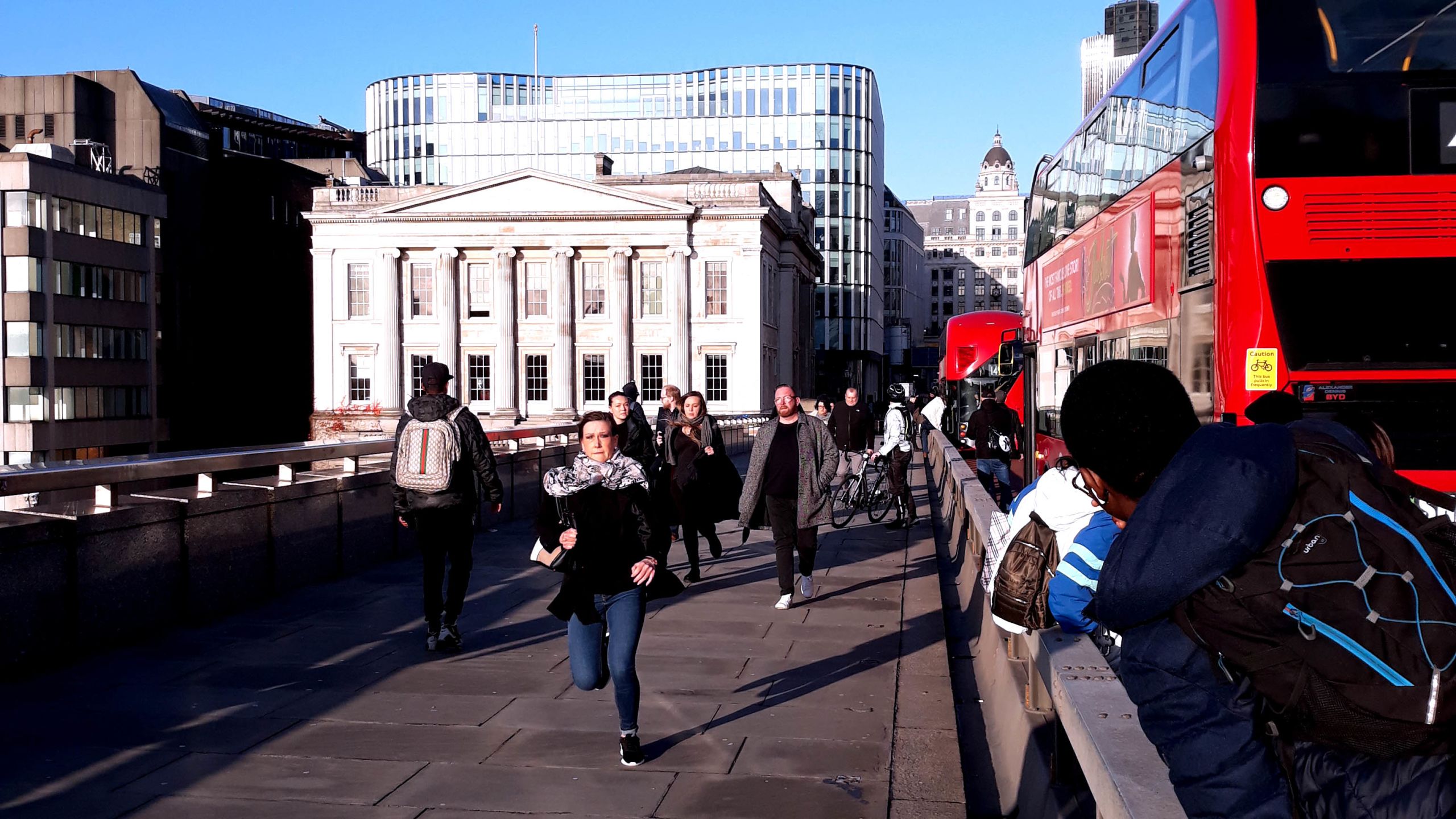
There will be questions too about what’s next for the Learning Together project. The organisers will face public scrutiny as well as their own private grief.
But terror is not only an attack on individuals, it’s on the living entity of a city. London Bridge is one of the great symbolic centres of the capital.
It still carries the physical changes required after the attacks of June 2017, with crash barriers and bollards protecting the bridge.
What the attack also showed last week was the city’s apparent capacity to continue, with the waters of city life closing over almost immediately.
BBC journalist John McManus says when he turned a corner a woman was drinking coffee outside a cafe, in earshot of the gunfire, but seemingly unbothered.
There was little panic even among those on the bridge, he says.
“Many people hung around to take social media footage, even as police were ordering them away.
“Perhaps this is the new normal in London. Do we now expect terrorist attacks to take place? Is there a part of our brains which, having seen and read so much about similar incidents, has somehow adapted to be able to help us deal with such scenes when they happen?” asks McManus.
The eyewitness, shaken from being so close to the shattered bus window, says he still had to rush to collect his child from school – and having stepped away from such a traumatic scene, found himself listening to people talking about buying new shoes.
“It’s that way London has of continuing,” he says.
Many big subjects will be raised by the London Bridge attack, about crime, punishment and the possibility of redemption.
How will the life-affirming work of Jack and Saskia be continued after their deaths?
But there will also be unanswerable questions, about the human capacity for great good and evil, and the unadorned awfulness of grief at the loss of such young lives so full of hope.
This feature has been updated in the light of information arising from the London Bridge inquest in April 2021.
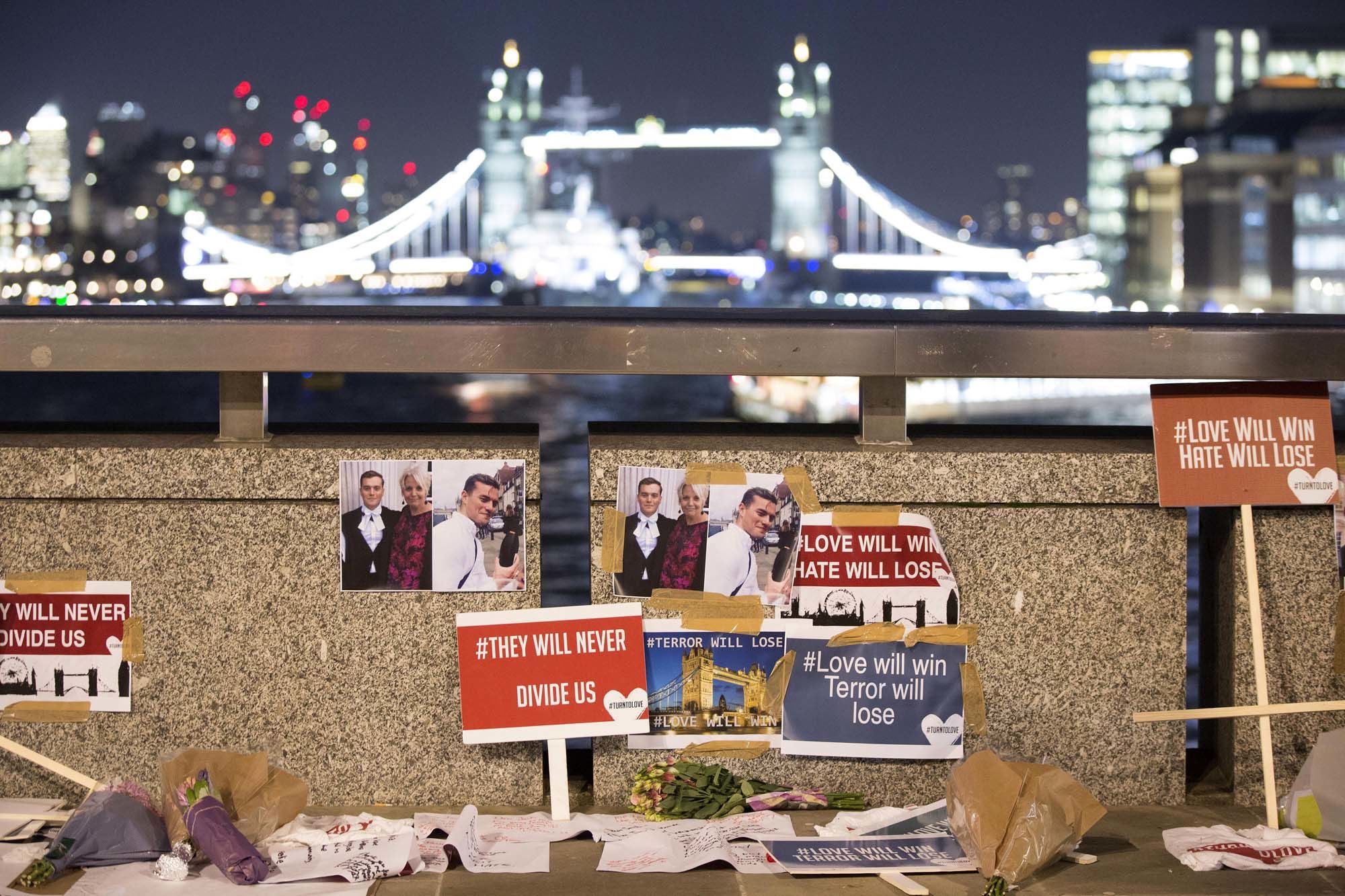
Credits
Author: Sean Coughlan
Editor: Kathryn Westcott
Producer: James Percy
Graphics: Mark Bryson, Lilly Huynh, Debie Loizou, Salim Qurashi
Research: Dominic Bailey, Sarah Buckley
Photos: Getty Images, PA Media
Publication date: 7 December 2019